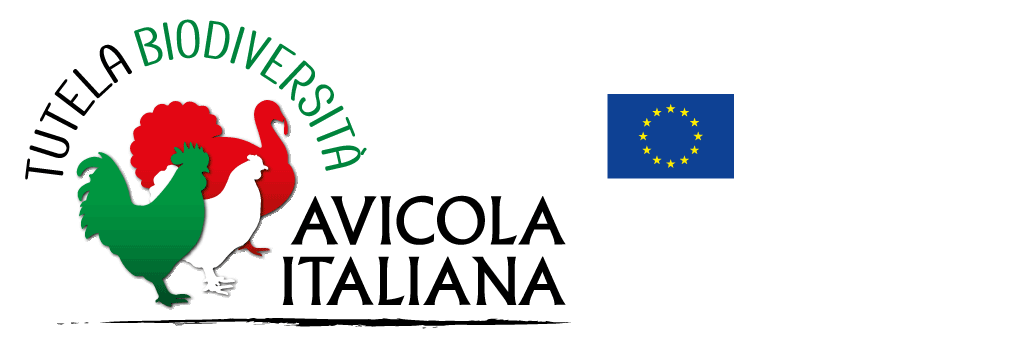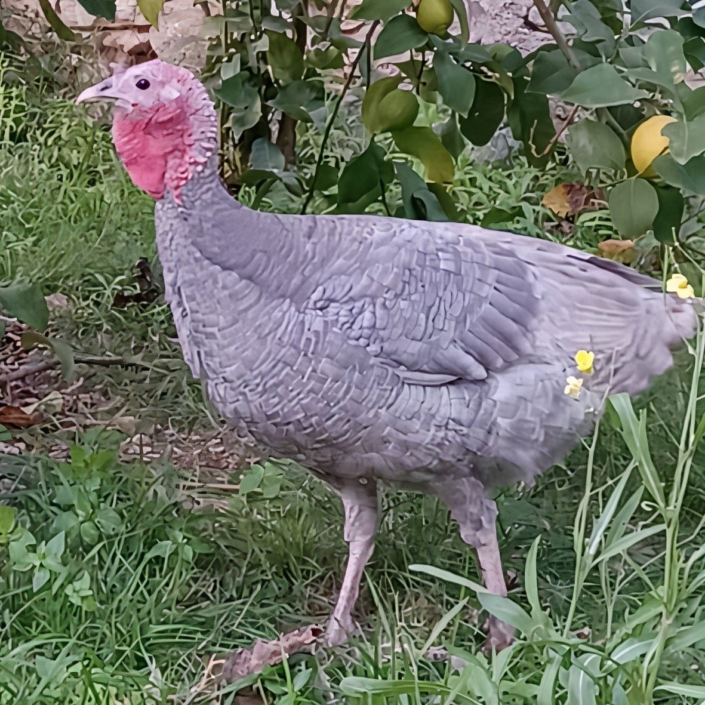Romagnolo
Synonyms or local names: Tacchino di Romagna
Geographic origin: Romagna
Geographic distribution: Emilia-Romagna
Estimated total population size: 31 (Castillo et al., 2021)
Extinction risk status (FAO, 1998): Critical conserved
Historical origin of the breed
Romagnolo turkey is a breed originated in Romagna, with a unique role in local poultry history. According to some authors, Romagnolo was not considered to be a real breed, in the past. It was rather thought to be an ecotype born of local turkeys cross-breeding. This could depend on its straw-yellow skin and small size, which made it unattractive on local markets. Nonetheless, Romagnolo turkeys were very appreciated abroad, in particular in France, especially small size birds, weighing 2,5-3 kg.
Romagnolo breed differs from other italian authocthonous breeds in some unique traits, such as small size, yellow skin, and a remarkable genetic variety in colours. In the past, it was reared mainly for the brooding aptitude of the females and for meat quality, hold to be tasty and of high quality.
Nowadays, rearing and conservation of Romagnolo turkeys are mainly in charge of fancy breeders and breeder associations, among which A.R.V.A.R., Romagna Authocthonous Breed and Variety Association (Associazione Razze e Varietà Autoctone Romagnole), plays a prominent role, having been committed for years in Romagnolo breed safeguard and rescue.
Bibliography and sitography
Tacchino Romagnolo. Scheda tecnica per l’iscrizione al repertorio. Regione Emilia Romagna
https://www.agraria.org/tacchini/romagnolo.htm
Qualitative morphological traits
Plumage colours: White mottled with black, White mottled with red, Black-winged bronze, Greyish (Grigiastro), Multi-coloured (Variopinto), Uniform red (Rosso uniforme), Discoloured black (Nero sbiadito)
Colour features:
Single colour: Black-winged bronze, Greyish, Uniform red, Discoloured black
Bi-colour: White mottled with black, White mottled with red
Multi-colour: Multi-coloured
Depending on the colour, primaries and secondaries can lack the classic alternate stripe pattern (barring).
Colour pattern: Several colours are admitted, which could make Romagnolo look similar to other Italian authocthonous breeds. However, the best traits to identify this breed are the particularly small size and the yellowish colouring of the skin. Colours can lack uniformity, as birds are not selected by colour.
White mottled with black: speckled or classic ermin pattern
Greyish: silver pencilled with black mesh pattern
Multi-coloured: combination of black, red, and white hues, with iridescent areas
Uniform red: uniform red, throughout the whole plumage
Discoloured black: ink black, without any iridescence
Poult plumage colour: Yellow to grey, with uniform, streaked or striped down
Head: Generally naked, medium to small-sized
Face: Naked, with medium-developement, fine-grain caruncles, red to blueish or white depending on the bird mood
Neck: Variable in colour, arched and medium-lengthed, with caruncles on the upper part; the wattle on the upper front neck is more developed in the male.
Caruncles: Medium-developement, fine-grain, red to blueish. The fleshy protruberance above the beak is usually present.
Throat wattle colour: Variable, often in synchronisation with caruncles’ colour
Iris colour: Dark brown to black, with protruding pupil; large, very lively eyes
Beak colour: Horn; quite short, but strong, and slightly arched
Skin colour: Bright yellow to pale straw yellow
Shank colour: Black to horn, up to streaked
Shank feathering: Free from feathers
Other specific and distinct visible traits: Particularly small size and yellow skin
Quantitative morphological traits

Genetic traits
Characterisation of the breed with Single Nucleotide Polymorphisms (SNPs)
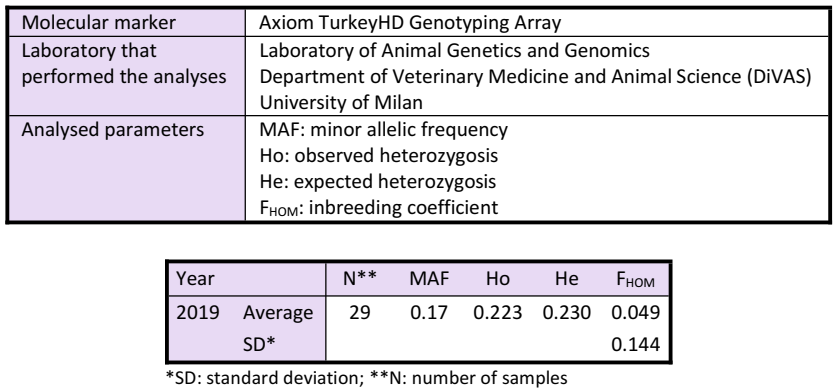
Reproductive and productive quantitative traits
Oviposition, brooding and incubation data

Reproductive traits

Body weight and growth data
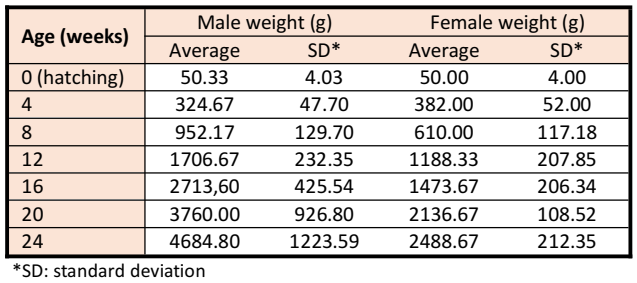
Rearing traits
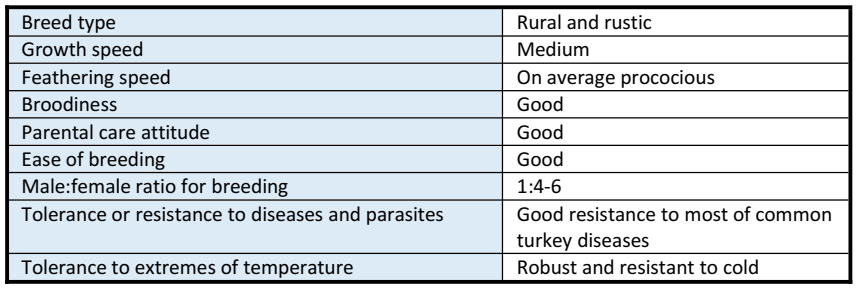
The presented data were registered in the nucleus population conserved at the University of Molise (UniMOL).
Latest update: October 27th, 2023
Germplasm collection
The breed is conserved in our Cryobank with 68 semen doses from 8 donors.
